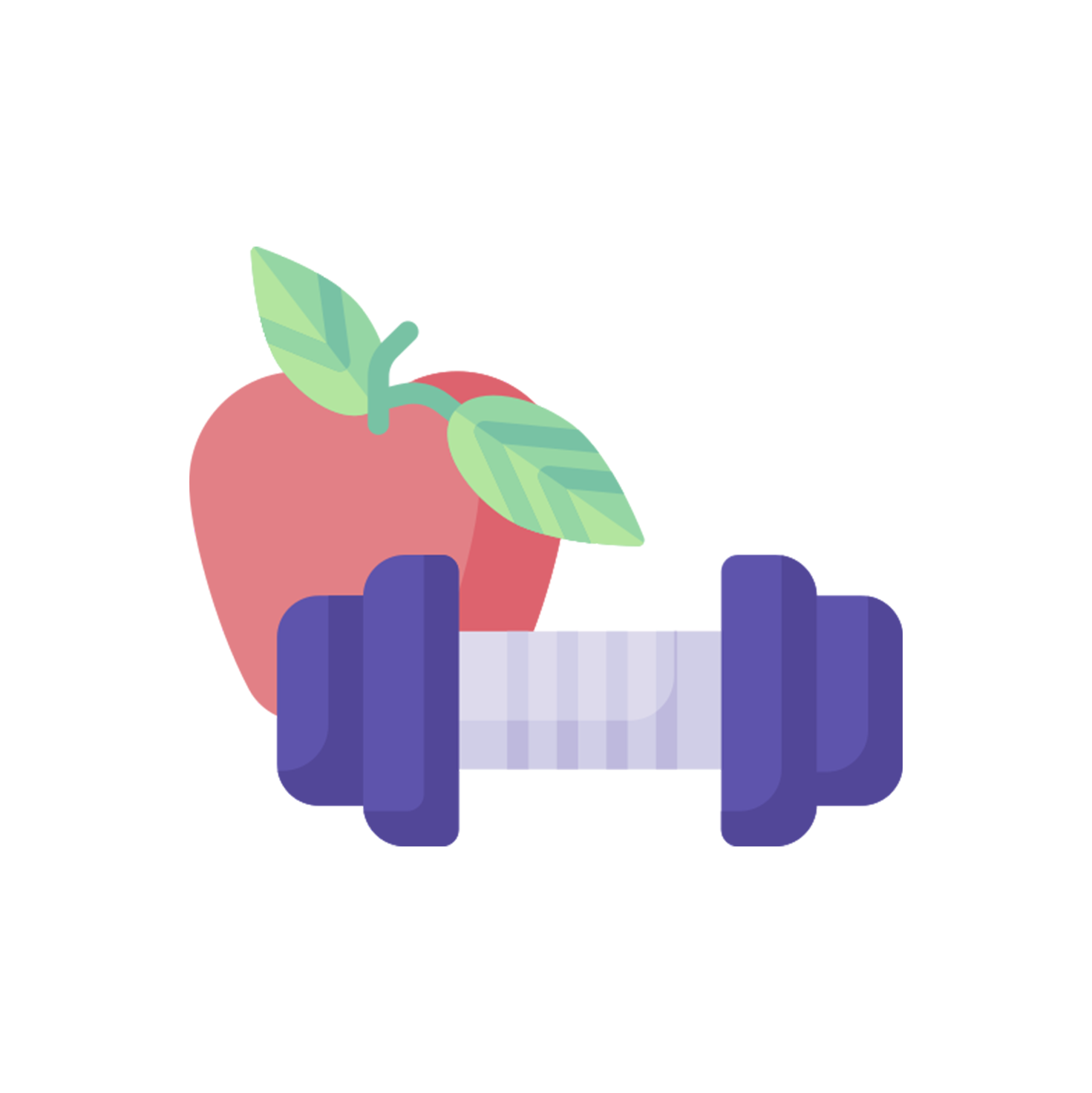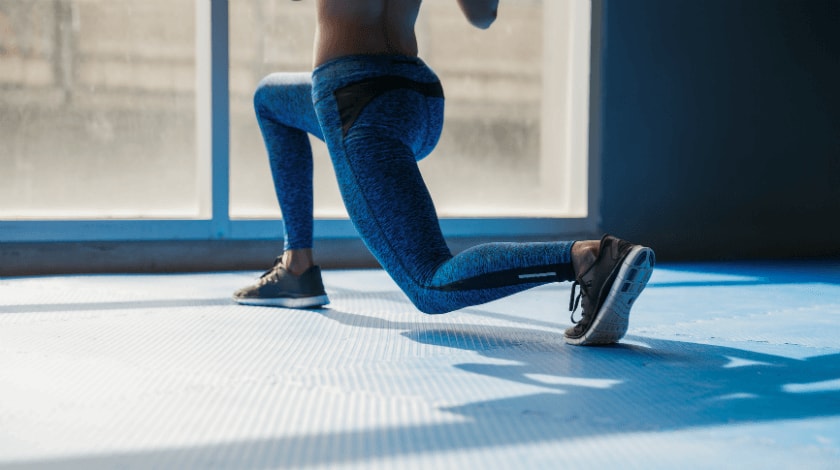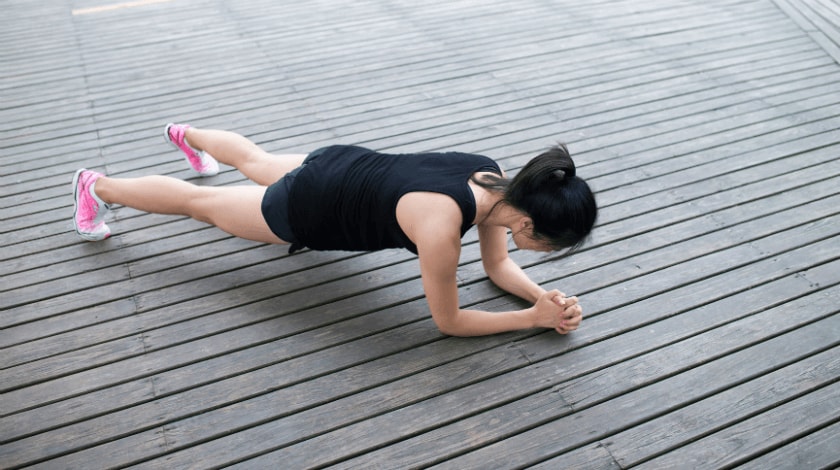To do strength training (aka resistance training or weight training) doesn't mean bulking up.
Regular resistance training works your muscles and bones so they become stronger, which brings a whole range of health benefits for men and women, young and old.
-
Helps your heart: Strength training has been shown to help lower blood pressure and ward off heart disease. It should be combined with aerobic exercise (i.e. walking, swimming or jogging) to bring the most health benefits.1
-
Boosts your bones: Research has shown that regular strength training can help keep your bones strong and reduce the risk of developing osteoporosis (a condition where bones become fragile and more likely to break). 2
-
Lift to lose: Flexing your muscles uses energy, which can help you lose weight.
-
Deals with diabetes: A number of studies have suggested that strength training could reduce the chances of developing diabetes, as well as helping people who already have it.3,4
-
Slows down the clock: Exercise has been shown to slow down the physical aging clock. By making your muscles and bones stronger, strength training can improve your flexibility, mobility, and balance as you age.
Getting Started
Why not kick off your strength training plan today by trying these simple exercises?
Squats
Squats exercise your thighs, bottom, and calves all at once.
-
Stand with your feet apart directly below your hips and slowly bend your knees
-
Keep your torso straight and your tummy muscles tensed, keeping your knees in line with your toes
Tip: Don’t go lower than 90 degrees.
Lunges & Burpee
Lunges & Burpee
Lunges exercise your leg and bottom muscles, and burpees will work your abs, chest, quads, hamstrings, arms, and glutes.
-
Extend one leg forward as if you’re taking a large step, bending your knees so your front knee forms a right angle and your back knee is almost touching the floor
-
Push back up with your legs
-
Stand straight, feet the width of your hip
-
Lower your body into a squat, jump your feet back into a plank position, then jump back
-
Bend your knees and jump up into the air
-
Repeat
Plank
"
Lie face down with your elbows resting on the floor beside your chest
-
Push your body off the floor in a push-up position with your body resting on your forearms
-
Tense your tummy muscles, keep your body in a straight line, and hold for 30 seconds
When you get used to this training, you should try to extend the time you hold the pose.
How Much, How Often?
-
After each workout your muscles need time to recover, so don't overdo it
-
Rest for at least 48 hours between each workout. If you want to exercise more often, make sure you exercise different muscle groups in each session
-
If you have any medical conditions, do not forget to check with your doctor before starting a new exercise routine
Resources
-
Collier SR et al. Effect of 4 weeks of aerobic or resistance exercise training on arterial stiffness, blood flow and blood pressure in pre- and stage-1 hypertensives. Journal of Hypertension 2008; 22: 678-686.
-
de Kam D et al. Exercise interventions to reduce fall-related fractures and their risk factors in individuals with low bone density: a systematic review of randomized controlled trials. Osteoporosis Int 2009; 20(12): 2111-2125.
-
Gordon BA et al. Resistance training improves metabolic health in type 2 diabetes: A systematic review. Diabetes Res Clin Pract 2009; 83(2): 157-175.
-
Strength, Power, and the Baby Boomer. American College of Sport Medicine. Visited 14 March 2013.
"
© Cigna Healthcare 2023
Information provided in this article is intended for health and fitness purposes only and is not intended for use in the diagnosis of disease or other conditions, or in the cure, mitigation, treatment or prevention of disease (see Terms & Conditions for details). Any health-related information found in this article is available only for your interest and should not be treated as medical advice. Users should seek any medical advice from a physician, especially before self-diagnosing any ailment or embarking on any new lifestyle or exercise regime. Any information contained in this article may not be suitable, accurate, complete or reliable. Cigna Healthcare accepts no responsibility for the content or accuracy of information contained on external websites or resources, or for the security and safety of using them. "Cigna Healthcare" and the "Tree of Life" logo are registered trademarks of Cigna Intellectual Property, Inc. in the United States and elsewhere, licensed for use. All products and services are provided by or through operating subsidiaries, and not by The Cigna Group.






